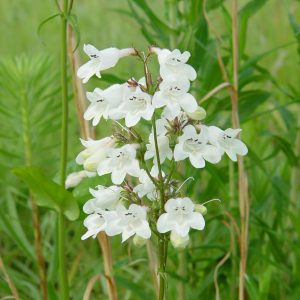Frost Aster
Symphyotrichum pilosum
The mass of flowers on this aster draws many pollinators, especially bees; palatable to cattle & deer
$3.00 – $132.00
For quantity discount pricing, request a quote.
Description
Symphyotrichum pilosum, commonly known as frost aster or hairy old-field aster, is a native perennial forb (wildflower) native to upland prairies, weedy meadows, pastures, open woodlands, limestone glades, abandoned/old fields, railroad right of ways, roadsides and waste ground. Frost aster is particularly noted for its extremely hairy stems and leaves.
Wildlife notes
Like other asters (Symphyotrichum spp.), the flowerheads of this plant attract many kinds of insects, including honeybees, bumblebees, little carpenter bees, cuckoo bees, long-horned bees, leaf-cutting bees, Halictid bees, plasterer bees, Andrenid bees, Sphecid wasps, Vespid wasps, Ichneumonid wasps, Braconid wasps, Syrphid flies, bee flies, thick-headed flies, Tachinid flies, flesh flies, blow flies, Muscid flies, small- to medium-sized butterflies, skippers, moths, and various beetles. These insects feed on, or collect, nectar and pollen from the flowerheads. Among vertebrate animals, the ecological value of asters is more limited. The Ruffed Grouse and Wild Turkey feed on the leaves and seeds of these plants; the Tree Sparrow also eats their seeds during the winter. Among mammals, the Cottontail Rabbit and White-tailed Deer browse on the foliage, especially when these plants are still immature, while the White-footed Mouse eats the seeds.
Forage notes
Livestock will browse the foliage when the plant is young and growing.
Landscaping notes
Easily grown in moist, well-drained soils in full sun to part shade. Best growth typically occurs in moist, semi-shaded woodland areas. Tolerates full sun in cool summer climates but appreciates some part shade in climates where summer temperatures consistently exceed 90 degrees F. Tolerates periodic flooding. Stems may be pinched back in late spring to early summer if shorter plants are desired. Borders. Open woodland areas. Prairies. Cottage gardens. Mass or group.
Restoration notes
Typical habitats include disturbed areas of upland prairies, weedy meadows, openings in upland woodlands, savannas, limestone glades, rocky cliffs and thinly wooded bluffs, pastures and abandoned fields, roadsides and areas along railroads, edges of yards and gardens, vacant lots, and various kinds of waste ground.
This species is commonly used in the following mixes: Prairie Patchwork Mix, Butterfly & Hummingbird Mix
Additional information
| Weight | N/A |
|---|---|
| Units | Packet, Ounce, Pound |
| Light | Full Sun to Part Shade |
| Seeding Rate | 4 bulk lbs/acre |
| Soils | Dry, Average |
| Height | 36"-60" |
| Bloom Month | Sep, Oct |
| Color | White, Yellow |
| Specialty Uses | Wildlife |
| # seeds/pkt | 200 |
| Packet coverage area | 5 sq. ft |
